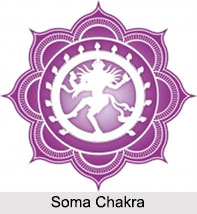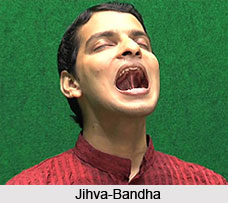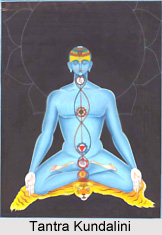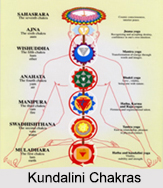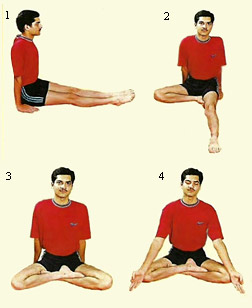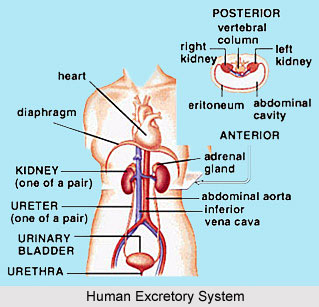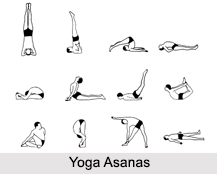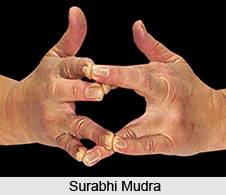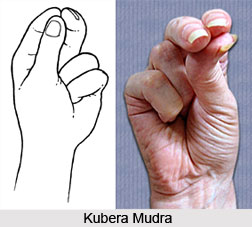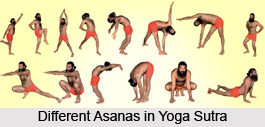 The trayam ekatra samyamah sutra states about the power of the three - dharana, dhyana and samadhi. And it also says that when these three powers are united, samyama is achieved. Dharana is focussing one`s attention towards one single object; dhyana is self-realisation achieved through profound meditation. And when one has reached a state of complete impassiveness, where he is not moved by any worldly pain or pleasure, samadhi is attained. And samyama is reached through the assimilation of the three states of being, through meditation.
The trayam ekatra samyamah sutra states about the power of the three - dharana, dhyana and samadhi. And it also says that when these three powers are united, samyama is achieved. Dharana is focussing one`s attention towards one single object; dhyana is self-realisation achieved through profound meditation. And when one has reached a state of complete impassiveness, where he is not moved by any worldly pain or pleasure, samadhi is attained. And samyama is reached through the assimilation of the three states of being, through meditation.
trayam these three
ekatra jointly, together
samyamah denning, holding together, integration
These three together - dharana, dhyana and samadhi - make up integration or samyama.
Samyama is a technical word and absorption (samadhi). In samyama the three are a single thread, evolving from uninterrupted attention to samadhi.
Dharana is single-pointed attention. It modifies into dhyana by being sustained in time, while dissolving its one-pointed character implied in the word `concentration`. When it becomes all-pointed, which is also no-pointed (that is to mean equally diffused, but with no drop in attentiveness) it leads to total absorption (samadhi). Continuous prolongation of these three subtle aspects of yoga thus forms a single unit, called samyama. Samyama, is a state of immobility, and a samyami is one who represses his passions and stays motionless.
The following analogy illustrates the organic relationship between dharana, dhyana and samadhi. When one contemplates a diamond, one at first sees with great clarity the gem itself. Gradually one becomes aware of the light glowing from its centre. As awareness of the light grows, awareness of the stone as an object diminishes. Then there is only brightness, no source, no object. When the light is everywhere, that is samadhi.
As dharana is external to dhyana, dhyana to samadhi, samadhi to samyama and samyama to nirbija samadhi, so the mind is external to intelligence, intelligence to consciousness and consciousness to the seer.
Dharana brings stability in mind, dhyana develops maturity in intelligence and samadhi acts to disperse the consciousness.
Dharana, dhyana and samadhi intermingle to become samyama, or integration. The intermingling of mind, intelligence and consciousness is samyama of the three. The vision of the seer is equivalent to nirbija samadhi.


